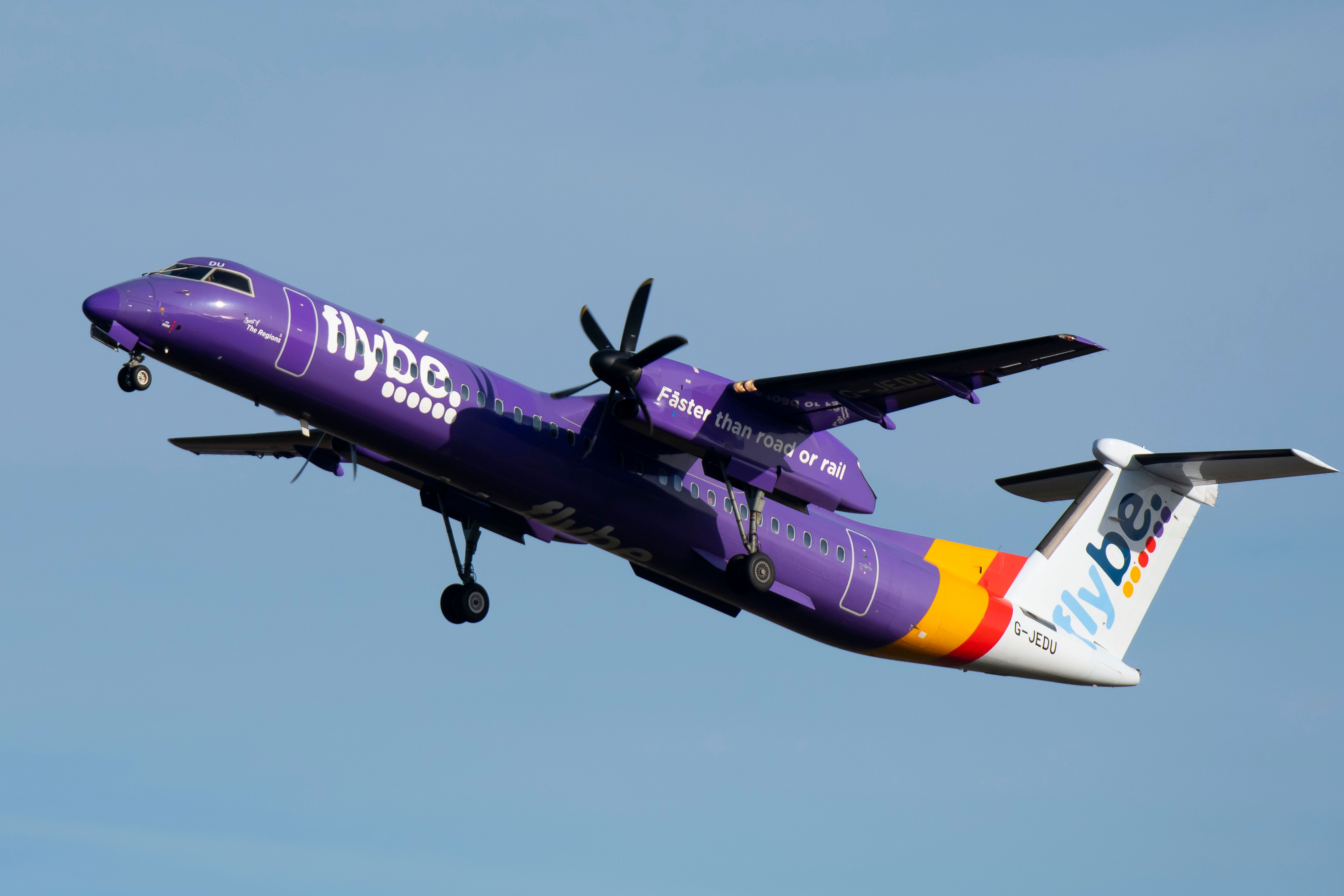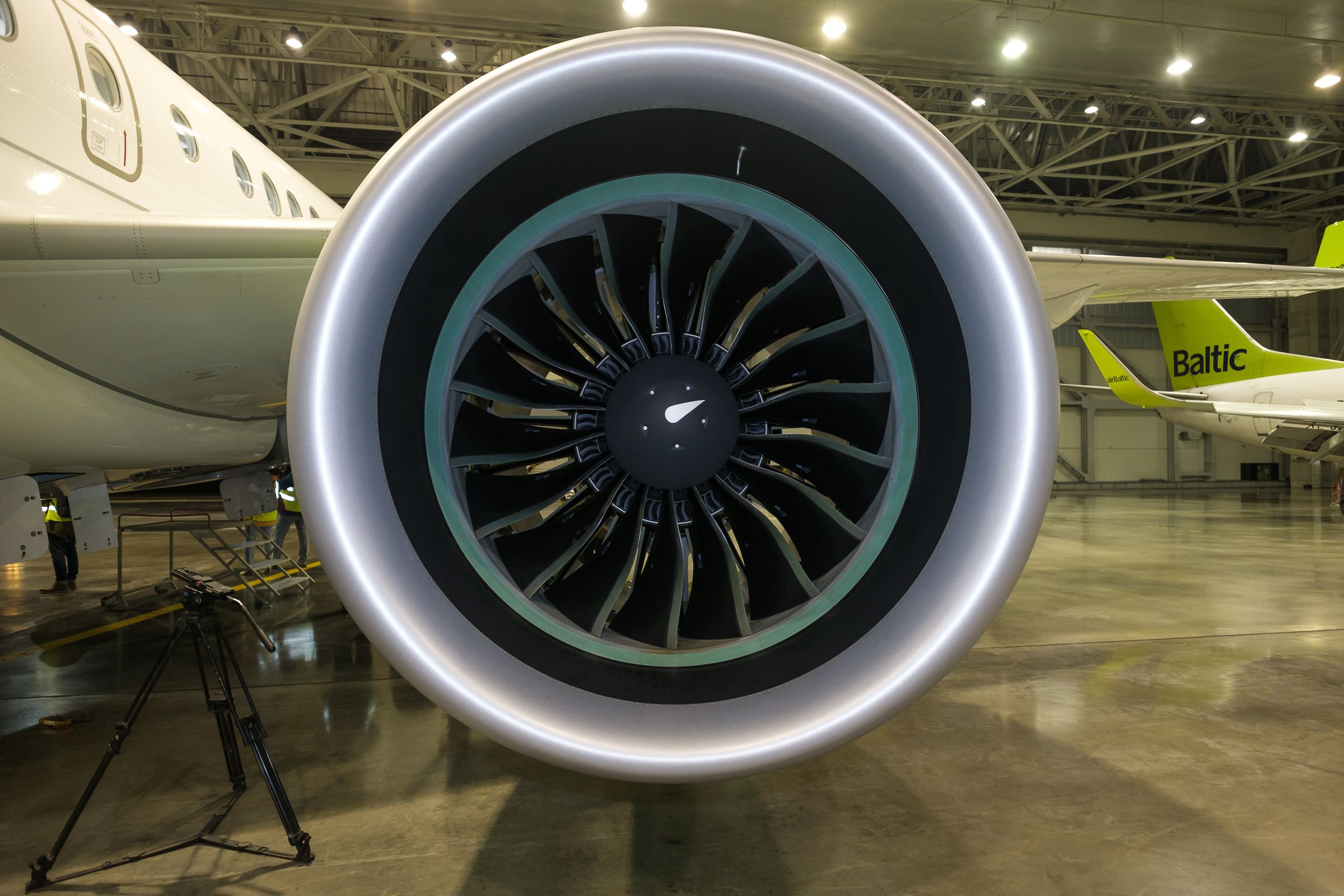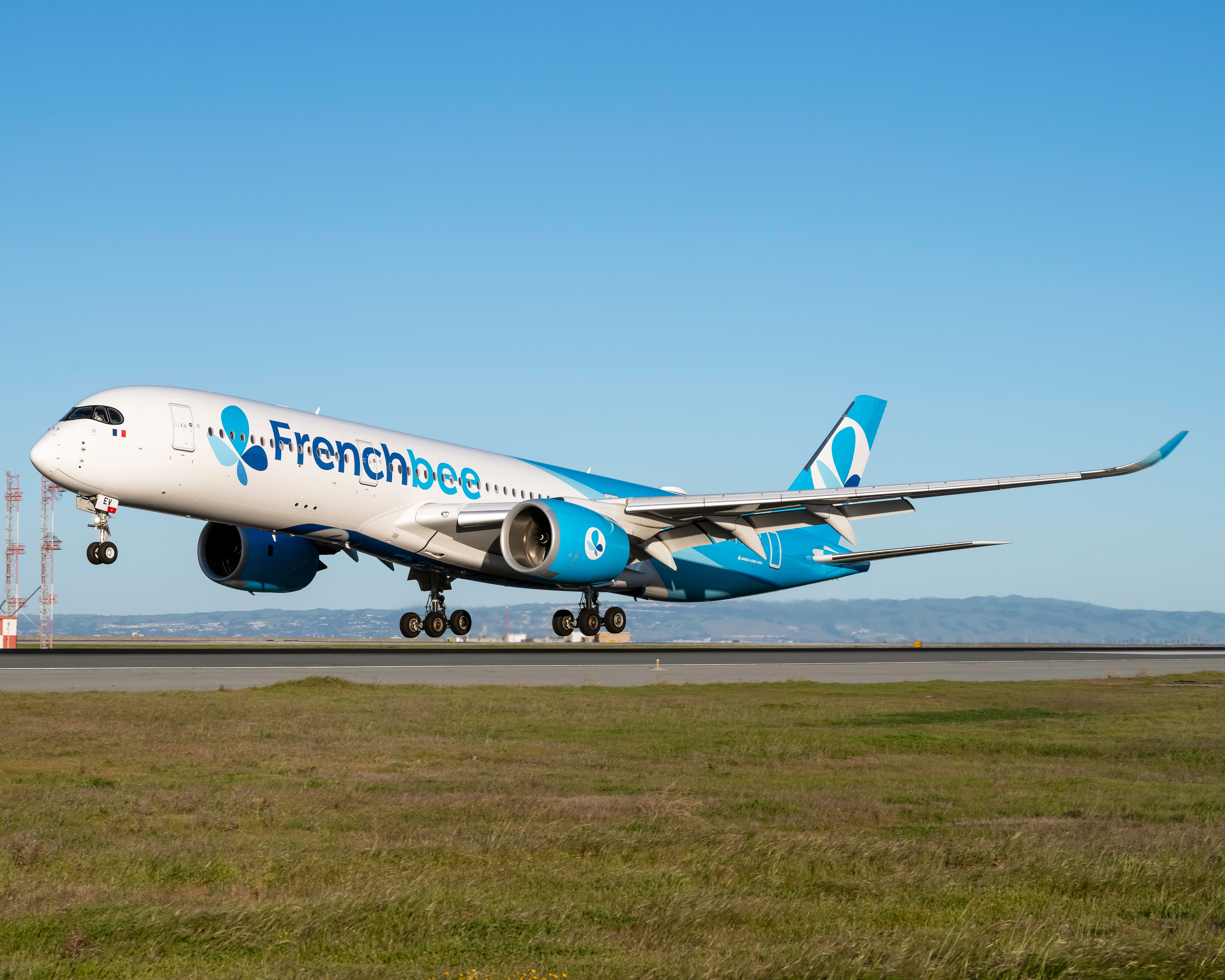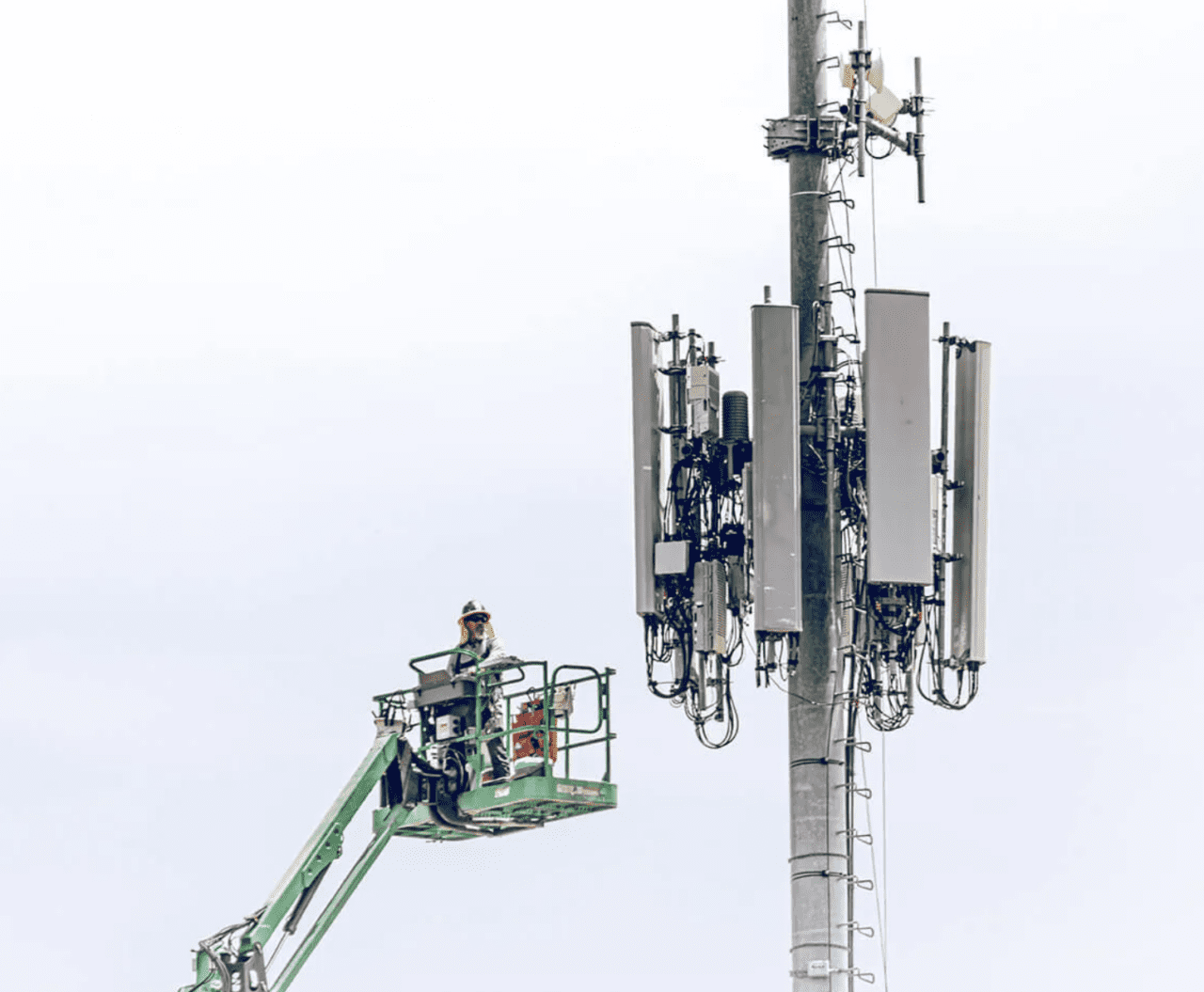How are turbofan engines different from turboprops?

Photo: Getty Images
Turbine engines work on the principles of compression, combustion and expansion. The incoming air passes through a series of compressor stages (blades and vanes) where the air is compressed. As a result, the speed of air movement decreases, and the air pressure and temperature increase.
Compressed air is mixed with fuel under pressure and ignited in the combustion chamber. The hot gases expand and pass through a series of turbine stages (blades and vanes) before exiting through the exhaust. During the process, the exit velocity becomes more significant than the free stream velocity, which creates thrust and moves the engine (and aircraft) forward. The main difference between the two types is the route and function of the engine exhaust.
Turboprop
As the name suggests, a turboprop consists of a propeller attached to a shaft through a series of gears. As the turbine exhaust turns the shaft, a series of gears reduce the rotational speed before turning the propeller. As a result, the propeller creates the necessary thrust to move the aircraft forward. It is noteworthy that the propeller creates almost all the thrust necessary for flight.
Photo: Getty Images
Turboprops have high efficiency at subsonic speed from 250 knots (460 km/h) to 400 knots (740 km/h). They lose efficiency, especially at higher speeds supersonic speed, due to propeller speed limitations. This is the main reason why turboprop engines are generally used in much smaller aircraft.
The turboprop engine has structural and aerodynamic disadvantages due to the unsupported propeller. Moreover, if one engine fails in flight, it can lead to a lot of aerodynamic drag and a much higher rolling moment on the other engine.
Turbofans
A turbofan usually has a low-pressure shaft connecting the fan, low-pressure compressor, and low-pressure turbine. The second high pressure shaft connects the high pressure compressor and the high pressure turbine. The two shafts run concentrically at different speeds, increasing the overall efficiency of the motor.
The turbofan directs only a small portion of the incoming air to be compressed and mixed with fuel for combustion. Most of the air goes into the bypass, creating most of the thrust. The ratio between the mass flow rate of air entering the engine core (primary flow) and the flow rate of bypass air (secondary flow) is known as the bypass ratio.
Engines with a low twin-circuit ratio allow more air to flow into the active area and create more thrust. Such engines are relatively less economical and much noisier. They are typically used in supersonic combat aircraft that have higher power requirements.
Engines with a high double-circuit ratio, on the other hand, are ideal for high subsonic speeds. In such engines, approximately 20% of the incoming air enters the engine core and 80% bypasses the engine core, adding to the engine’s total thrust. These engines are much quieter and fuel efficient, making them ideal for commercial jet aircraft.
Photo: Vicenzo Pace I Simple Flying
The Rolls-Royce Trent XWB the engine that powers the st Airbus A350, has an impressive bypass ratio of 9.6:1. About 10% of the air is compressed and used for combustion, while the remaining 90% moves back through the bypass flow. Turbofan engines provide better aerodynamics due to the design of the fan. Moreover, the loss of one engine in flight will usually be contained by failure with minimal torque effect on the other engine.
What do you think about the differences between turboprops and turbofans? Which one is your favorite and why? Tell us in the comments section.
https://simpleflying.com/turbofan-turboprop-engines-differences-guide/ How are turbofan engines different from turboprops?




.jpg)



